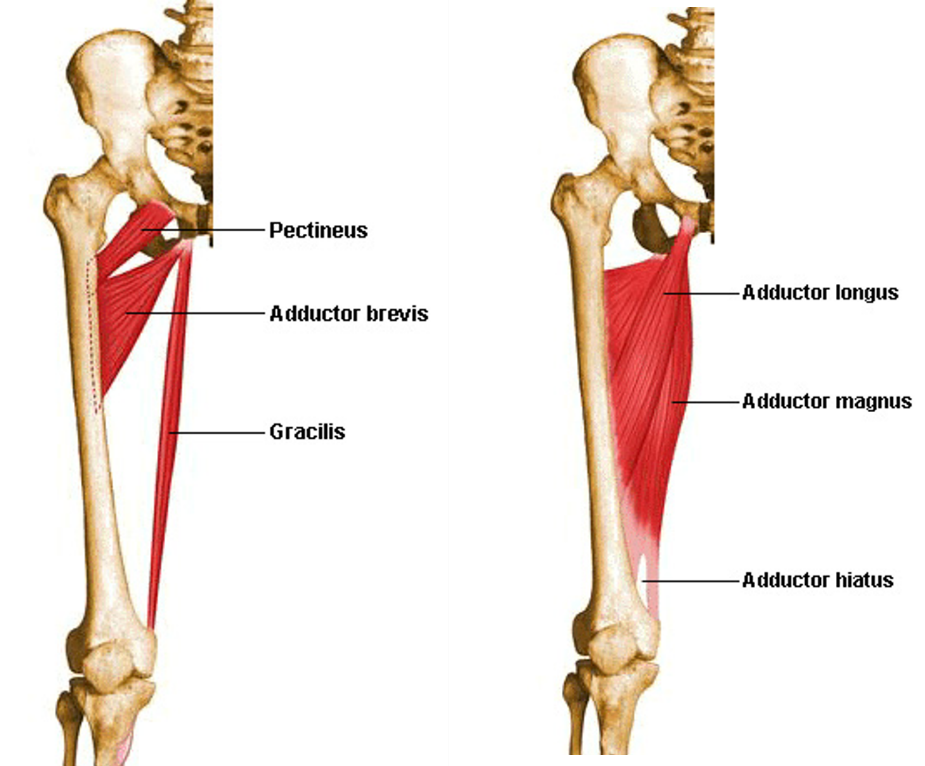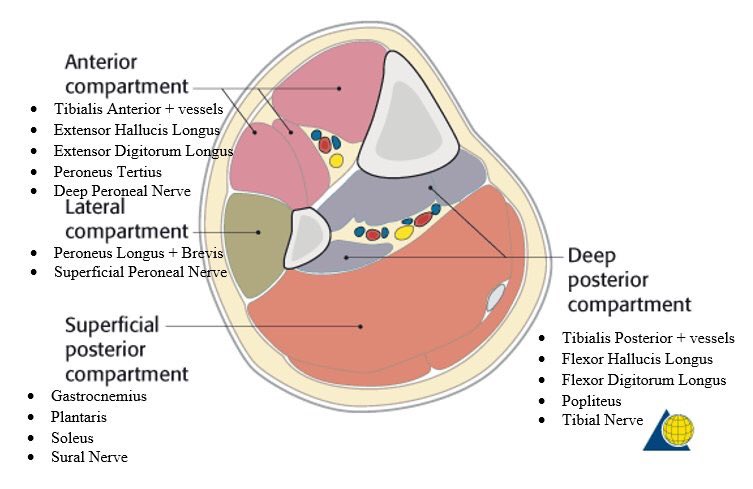
Crush injuries may cause both bleeding and swelling of a muscle. Bleeding can also be due to a badly bruised muscle.

Often it is due to a fracture of the radius or ulna in the forearm or the tibia and fibula in the lower leg that causes significant bleeding in one or more of the compartments. What are the risk factors for compartment syndrome?Īcute compartment syndrome occurs as a complication of an injury. If infection or necrosis develops, the individual may need the limb amputated to prevent death. Similarly, nerve cells that are damaged may fail causing numbness and weakness in the structures beyond the injury site. If the condition is not recognized and treated, the whole muscle can die, scar down, and contract. Symptoms such as pain and swelling will result.Īs the muscle cells lose their blood and oxygen supply, they begin to die. When these high compartment pressures are present, blood cannot circulate to the muscles and nerves to supply them with oxygen and nutrients. If the pressure within the compartment increases (usually greater than about 30 -45mmHg or are within 30 mm of the diastolic blood pressure) most individuals develop compartment syndrome. In non-contracting muscle, the compartment pressure is normally about 0-15 mmHg of pressure. Because of injury, pressure can increase within the compartment to swelling (fluid accumulation) or bleeding. Muscles are contained in compartments covered by thick fibrous bands of tissue or fascia. While most often occurring in the forearm and lower leg, compartment syndrome can rarely occur in other parts of the body that have muscles contained in compartments, including the hands and feet.Ĭompartment syndrome may occur acutely due to swelling that arises from injury, or it may be chronic because of exertion such as exercise. If left untreated, muscles and nerves fail and may eventually die. The fibrous tissue is very inflexible and cannot stretch to accommodate the generalized swelling. Muscles in the forearm, lower leg and other body areas are surrounded by fibrous bands of tissues. Chronic compartment syndrome usually requires no treatment or surgery.Ĭompartment syndrome is a condition that occurs when injury causes generalized painful swelling and increased pressure within a compartment to the point that blood cannot supply the muscles and nerves with oxygen and nutrients.Prevention efforts include ice and elevation of the affected extremity.



Compartment syndrome describes increased pressure within a muscle compartment of the arm or leg.Learn more about this syndrome including symptoms, diagnosis, treatment options, and more. Compartment syndrome is a serious condition that occurs when there’s a large amount of pressure inside a muscle compartment.


 0 kommentar(er)
0 kommentar(er)
